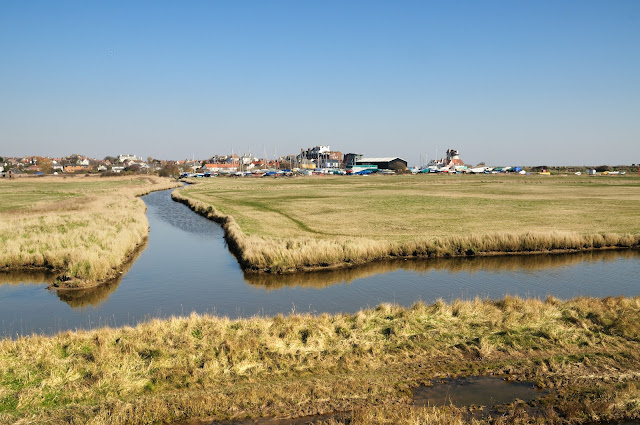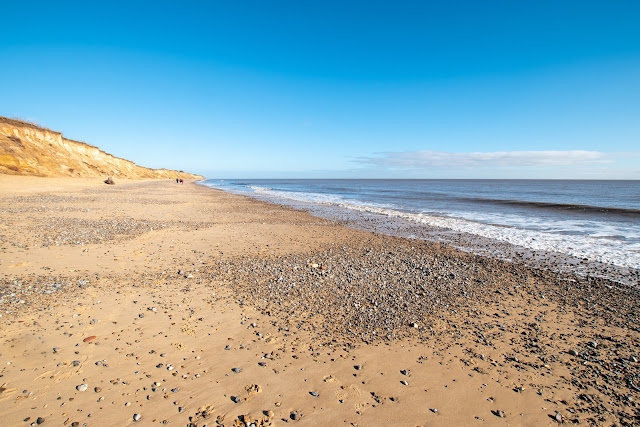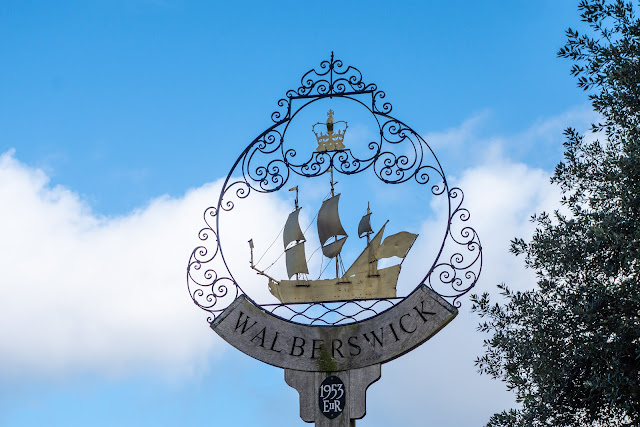Birds at Lynford Arboretum

Lynford Arboretum is on the north side of Thetford forest and is well worth a visit as a beautiful walking area - if nothing else. However, it has made its name for the numbers of species of birds that it attracts, and this was the main reason why we made this visit. The whole area, complete with Lynford Hall has an interesting history. The Hall is now an hotel, and we stayed there for one night to enable us to be on site reasonable early. But, before the history - to the birds we photographed. The main bird that was on the agenda was a Crossbill, neither of us having seen one before. We joined the `throng` in one particular area by the river bridge where they had been seen before. We waited, then went for a walk and then returned to wait some more! Finally success - although none too close. However, here is the image. Although not uncommon, they are not the easiest birds to see. It is a chunky finch with a large head and bill which is crossed over at the tips. Thi



